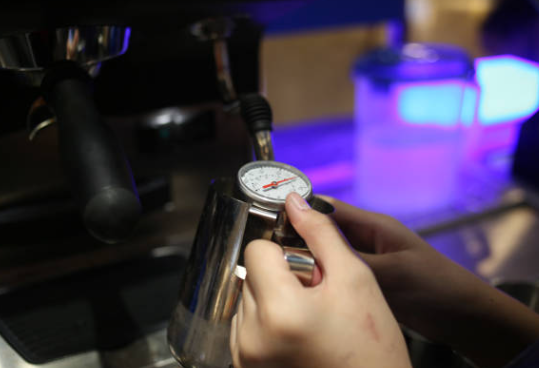Introduction:
Water is essential for life, but it can also harbor harmful bacteria that pose a risk to our health. One popular method of water disinfection is through the use of ultraviolet (UV) light. In this article, we will explore the effectiveness of UV in killing bacteria in water and its potential benefits for ensuring safe, clean drinking water.
1. Understanding UV Disinfection:
UV disinfection is the process of using ultraviolet light to kill or inactivate microorganisms in water. It works by damaging the genetic material of bacteria, viruses, and other pathogens, preventing them from reproducing and causing infections. UV disinfection is a chemical-free and environmentally friendly method.
2. How Does UV Kill Bacteria?
UV light inactivates bacteria by damaging their DNA or RNA, disrupting their ability to replicate. The wavelength of UV light used for disinfection falls within the range of 200 to 300 nanometers (nm). At this range, UV light is absorbed by the nucleic acids of bacteria, resulting in the formation of thymine dimers. These dimers prevent the bacteria from reproducing, rendering them harmless.
3. Effectiveness Against Different Bacteria:
UV disinfection is effective against a wide range of bacteria, including Escherichia coli (E. coli), Salmonella, Vibrio cholerae, and Legionella pneumophila. It is also capable of inactivating viruses such as hepatitis A, norovirus, and rotavirus. However, the effectiveness may vary depending on the specific organism and the UV dosage applied.
4. Factors Affecting UV Disinfection:
Several factors can influence the effectiveness of UV disinfection. The quality of the water, including its turbidity and organic content, can affect the UV transmittance. Higher turbidity can reduce the transmission of UV light, making it less effective. Additionally, the UV dosage and contact time are crucial factors in ensuring effective disinfection.
5. Limitations of UV Disinfection:
While UV disinfection is a highly effective method for killing bacteria in water, it does have some limitations. UV light cannot penetrate solids or turbid water effectively, which means that pre-treatment steps such as filtration may be necessary to remove suspended particles. UV disinfection also does not provide residual disinfection, meaning that the water may become recontaminated after treatment.
6. UV Disinfection Systems:
UV disinfection systems are available for both point-of-use and point-of-entry applications. Point-of-use systems are designed for individual faucets or appliances, while point-of-entry systems treat water as it enters a building. These systems typically consist of a UV lamp, a quartz sleeve to protect the lamp, and a controller to monitor the UV dosage.
7. Advantages of UV Disinfection:
UV disinfection offers several advantages over other water treatment methods. It does not introduce any chemicals or by-products into the water, making it a safe and environmentally friendly option. UV disinfection also has a fast disinfection process, with no significant contact time or waiting period required.
8. UV Disinfection in Water Treatment Plants:
UV disinfection is widely used in water treatment plants to ensure the safety of drinking water. It is often employed as a final treatment step, following processes such as filtration and chlorination. UV disinfection provides an additional layer of protection against bacteria and viruses, enhancing the overall quality of the treated water.
9. UV Disinfection for Residential Use:
For residential use, UV disinfection systems are available as standalone units or can be integrated into existing water treatment systems. These systems are commonly used in areas where the water supply is prone to bacterial contamination or in situations where individuals have compromised immune systems.
10. Conclusion:
UV disinfection is an effective method for killing bacteria in water. Its ability to inactivate a wide range of bacteria and viruses, coupled with its chemical-free nature, makes it a valuable tool in ensuring safe drinking water. While UV disinfection has its limitations, it is a reliable and widely used method in both large-scale water treatment plants and residential applications.

